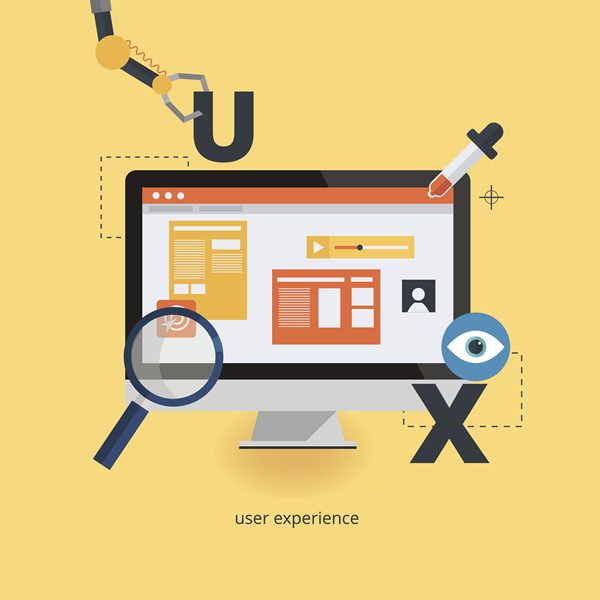ATD Blog
3 Keys to UX
Thu Aug 11 2016

User experience (UX) measures how easy it is for a customer, or user, to use a specific platform, such as a website or learning management system (LMS). It’s both a quantitative and qualitative measure, because it examines both the platform’s functions, and the user’s perception of them.
My journey in exploring the world of UX has allowed me to explore multiple definitions, approaches, and methods. I have consulted UX experts, competitor network surveys, and endless publications, and have found that UX’s value is a direct function of its business context and market environment.
Yet regardless of the organization or industry, UX has three important components:
1. Design
Good UX starts with good design. Users must find it easy to locate, log in to, and navigate the platform. Users should be able to find what they need in as little time—and as few visits—as possible. It is the design that directly addresses the user’s needs, so it must use simple, clean colors and fonts; be intuitive; and help the user find relevant features or information with ease.
2. Communication
Good communication is also part of the UX; people won’t use a platform they know nothing about, especially if they’re used to doing their jobs a certain way. A good first impression is key; make them aware of the new platform early, before they’re required to start using it. Describe its features and emphasize how it will make their jobs easier, give them ample time to play with it, and address all questions and concerns.
3. Measurement
A good UX is adaptable; problems and flaws can be tracked and fixed. Measure important metrics such as platform adoption, accessibility, self-service, and searchability.
Additional UX Resources
If you want to focus on UX for a new platform in your organization, I recommend you consult the following resources:
Read the literature. There are a variety of publications, both in print and online, that can provide UX best practices.
Talk to experts. There are many experts with valuable insights and points of view. Also, measuring UX can involve statistical analysis; an expert can make sure that the data you’re tracking are accurate and relevant to your needs.
Study your environment. UX is dependent on the user. Know what the people in your organization actually need and want before choosing and implementing a platform.
The greatest platform in the world will be no help to your organization if no one can, or wants to, use it. But a good user experience—design, communication, and measurement—will help you implement a new system, one that will actually help people in your organization do their jobs better.
To learn more about using UX to design great learning experiences, enroll in ATD's Essentials of User Experience (UX) Design for Learning program.
You've Reached ATD Member-only Content
Become an ATD member to continue
Already a member?Sign In
